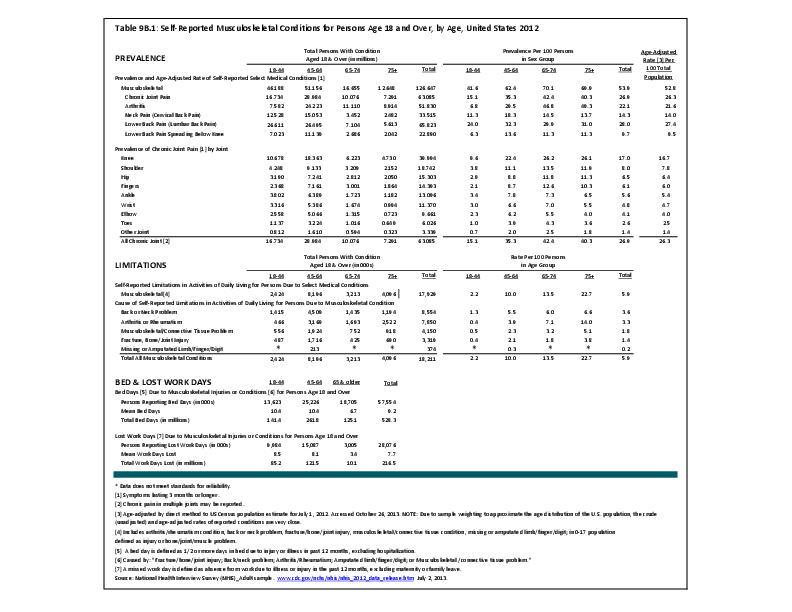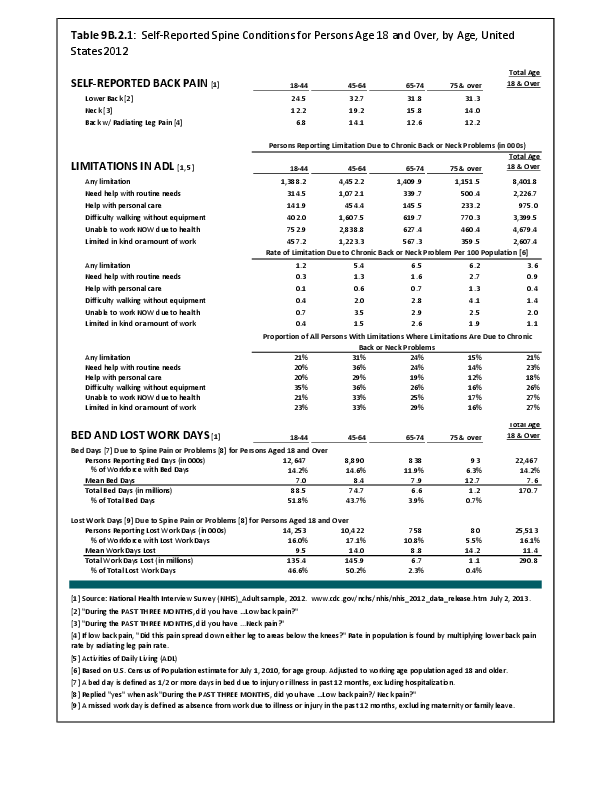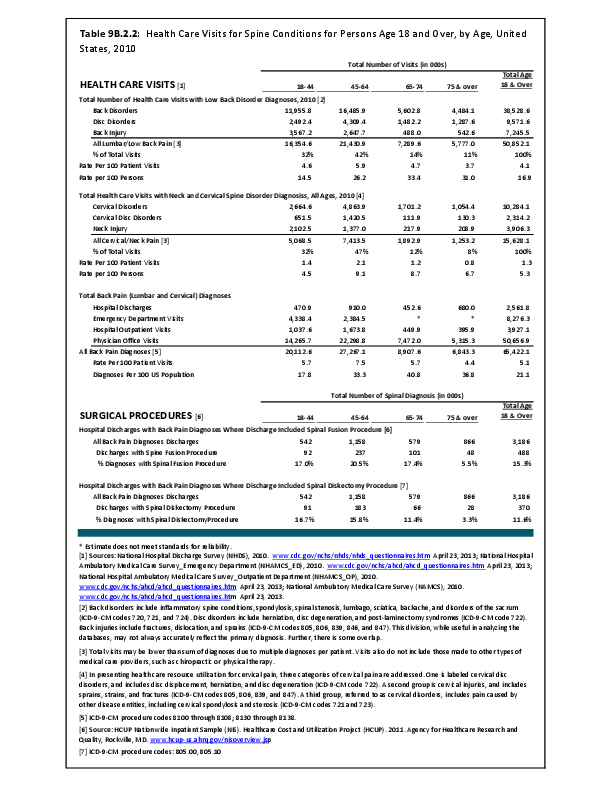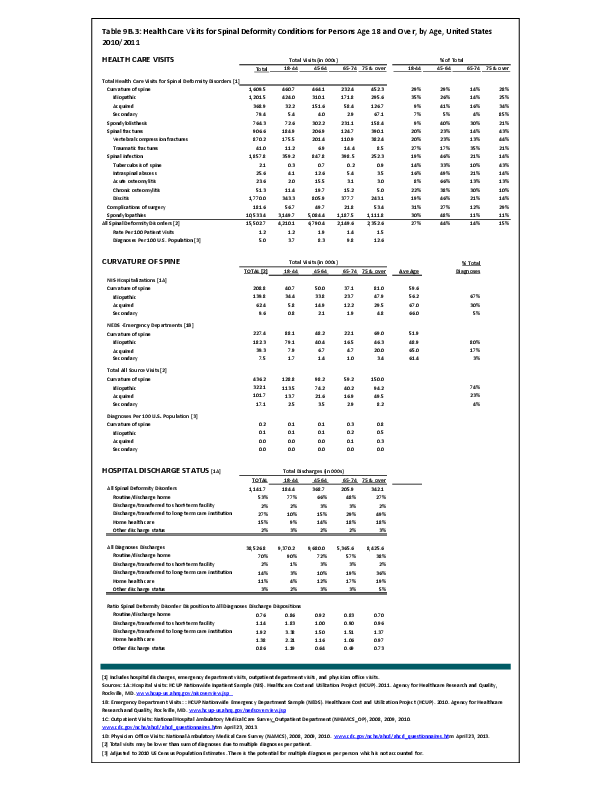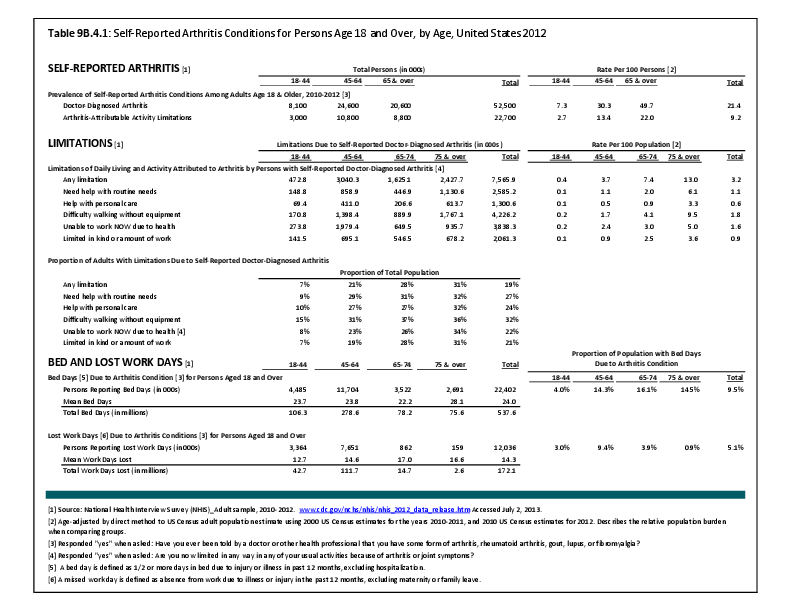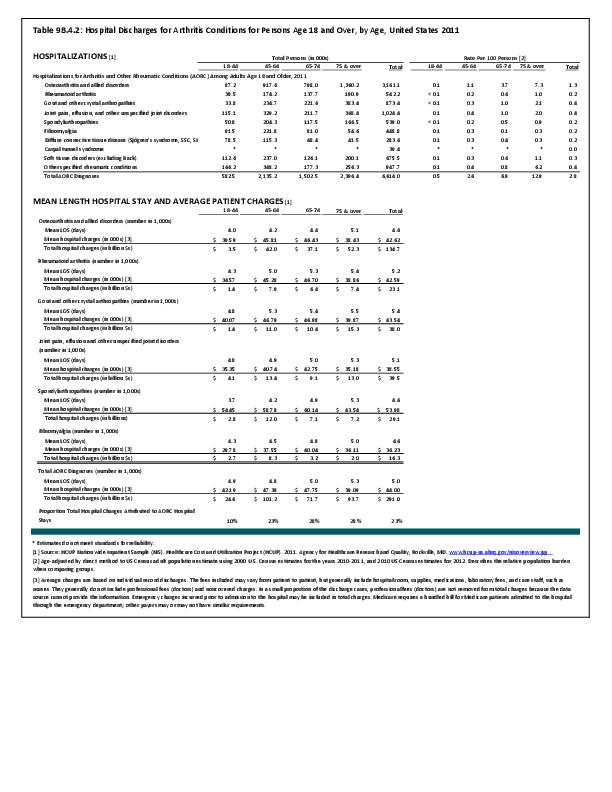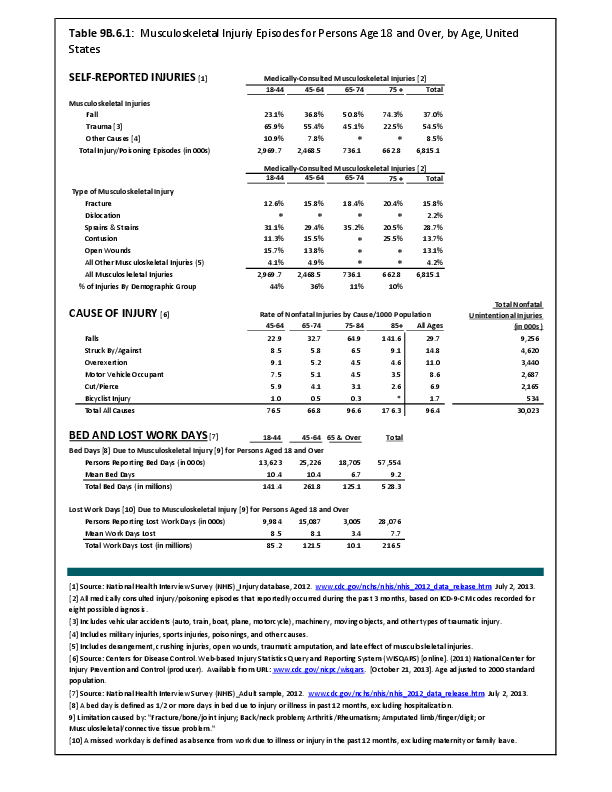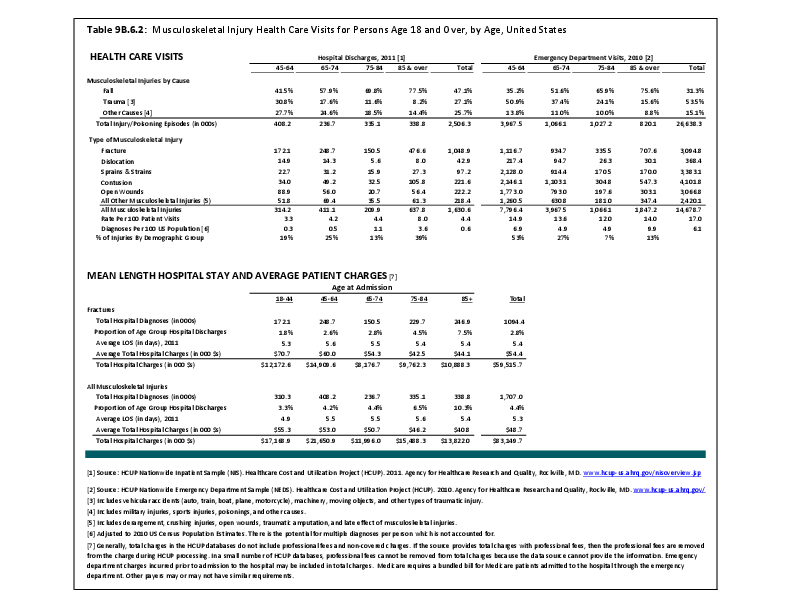Osteoporosis means "porous bone." It is a condition that develops when more bone calcium is absorbed than is replaced in the normal bone remodeling process. Several factors contribute to the development of osteoporosis, but the exact reason why the remodeling process becomes unbalanced is unknown. Factors that often lead to osteoporosis include aging, physical inactivity, reduced levels of estrogen, excessive cortisone or thyroid hormone, smoking, and excessive alcohol intake. Loss of bone calcium accelerates in women after menopause.
Bone loss occurs most frequently in the spine, lower forearm above the wrist, and upper femur or thigh, the site where hip fractures usually occur.
Standard Definitions for Osteoporosis Diagnosis:
Low bone mass: A value for bone mineral density more than 1 standard deviation (SD) below the young female adult mean but less than 2.5 SD below this value.1
Osteoporosis: A value for bone mineral density 2.5 SD or more below the young female adult mean.2
Young female adult mean and standard deviation (SD): For the femoral neck, the mean and SD were based on data for 20- to 29-year-old non-Hispanic white females from the Third National Health and Nutrition Examination Survey (NHANES III).3 For the lumbar spine, the mean and SD were based on data for 30-year-old white women from the dual-energy x-ray absorptiometry (DEXA) densitometer manufacturer.4
Other races: People from racial and ethnic groups other than non-Hispanic white, non-Hispanic black, or Mexican American. This group consists primarily of Hispanic descent other than Mexican American, Asian, Native American, and multiracial persons, among others.
Nine percent of people aged 50 years and older had osteoporosis at either the femur neck or lumbar spine from 2005 to 2008 (Figure 1). Roughly one-half of older adults in the population had low bone mass at either the femoral neck or lumbar spine. Forty-eight percent of older adults in the United States had normal bone density at both the femur neck and lumbar spine.
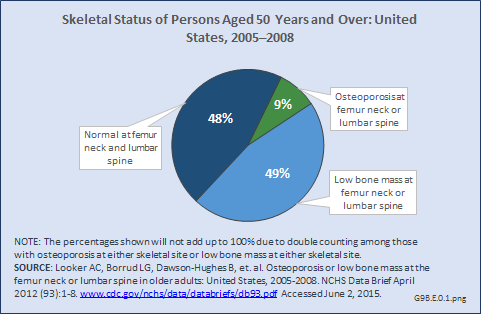
- 1. National Institute of Aging: NIH Seeking Strategies For Multiple Chronic Conditions in Older People. http://www.nia.nih.gov/newsroom/features/nih-seeking-strategies-multiple.... Accessed March 2, 2015.
- 2. National Institute of Aging. NIH seeking strategies for multiple chronic conditions in older people. 2012; http://www.nia.nih.gov/newsroom/features/nih-seeking-strategies-multiple.... Accessed March 2, 2015.
- 3. Kilgore ML, Morrisey MA, Becker DJ, et al.: Health care expenditures associated with skeletal fractures among Medicare beneficiaries, 1999–2005. J Bone Miner Res 2009;24(12):2050-2055.
- 4. Huddleston JM, Gullerud RE, Smither F, et al.: Myocardial infarction after hip fracture repair: A population-based study. J Am Geriatr Soc 2012;60(11):2020-2026.
Edition:
- 2014

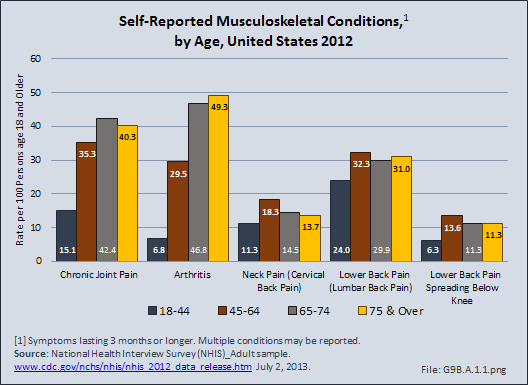
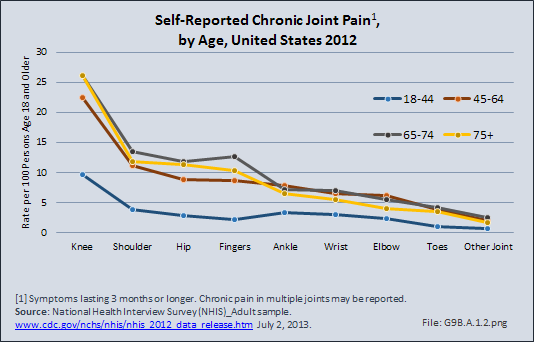
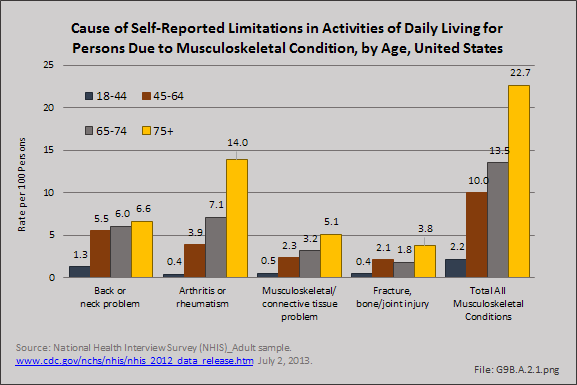
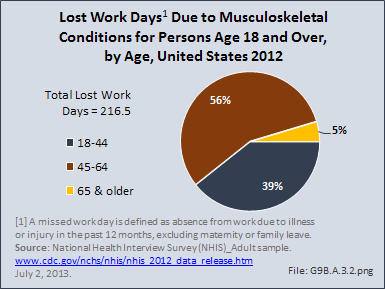
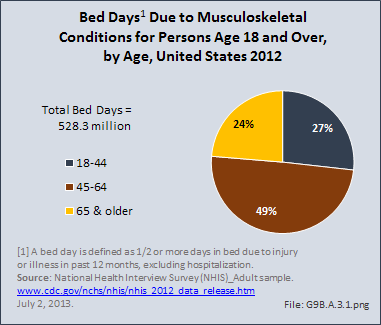
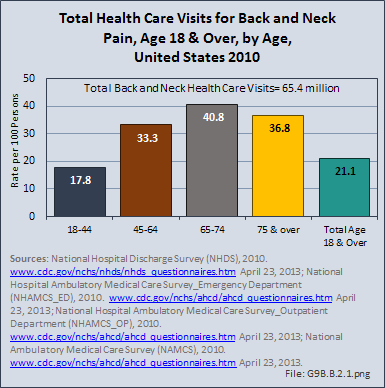
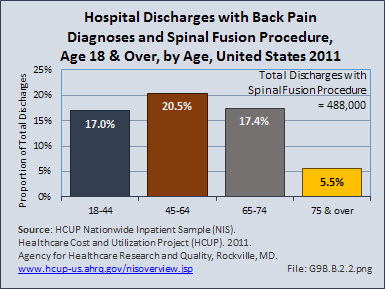

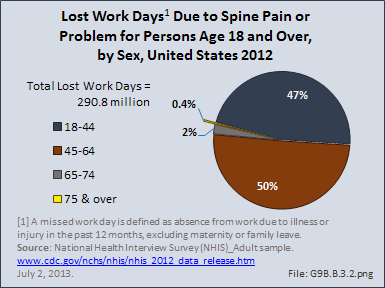


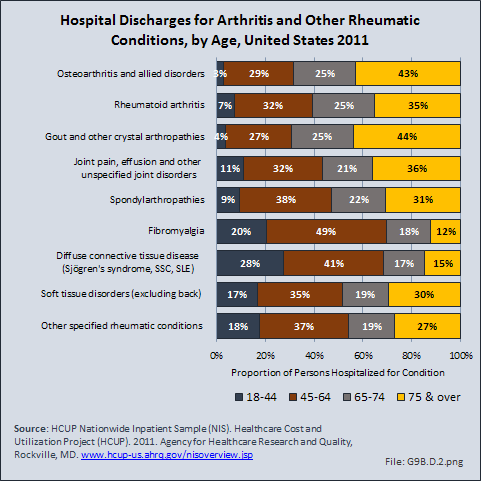
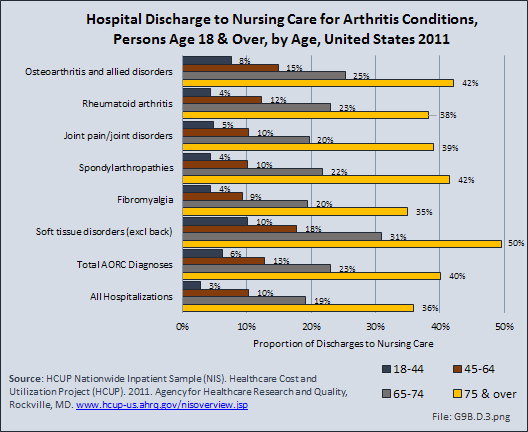

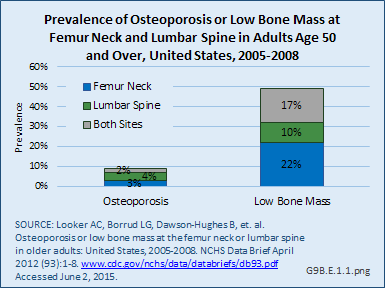
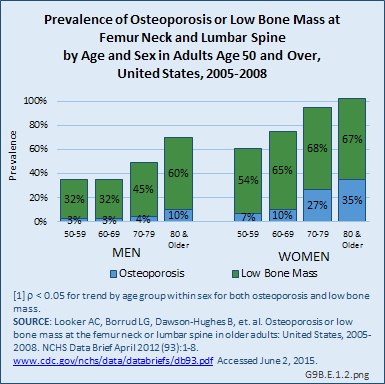
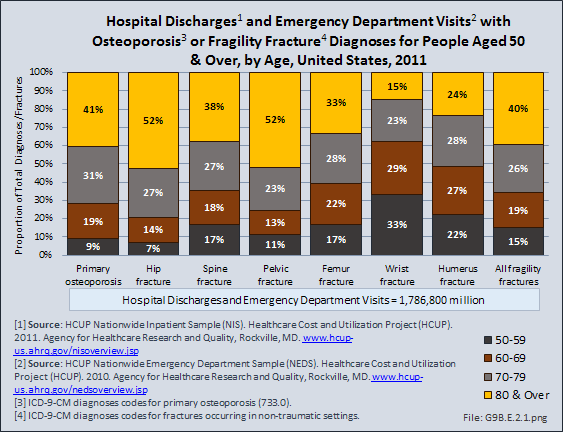
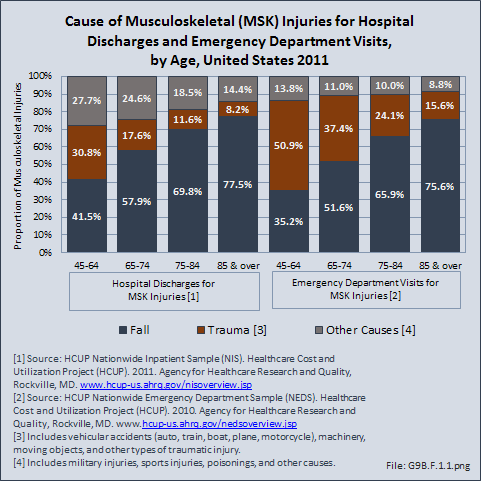
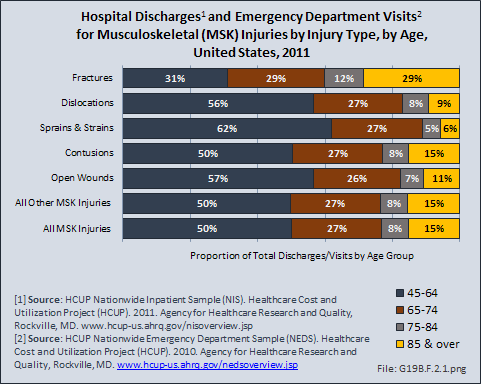

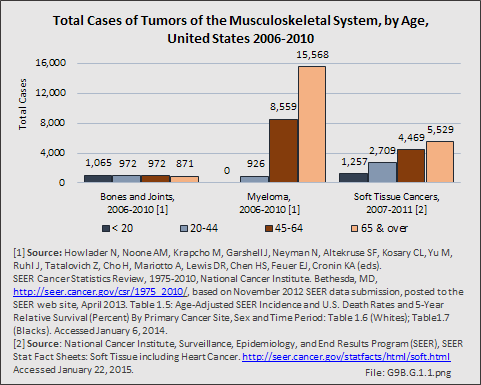
 Download as CSV
Download as CSV